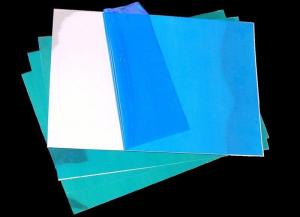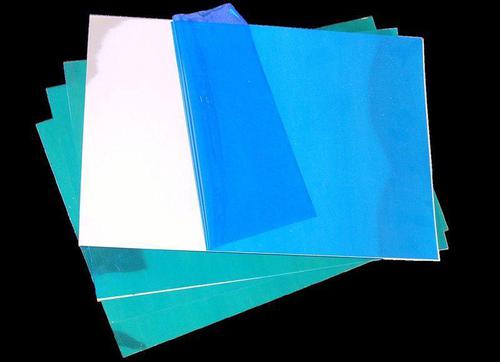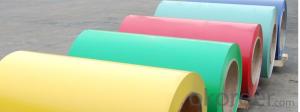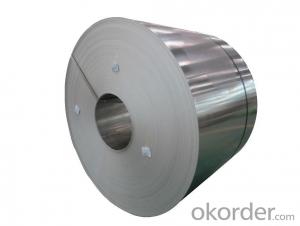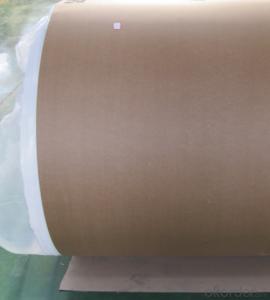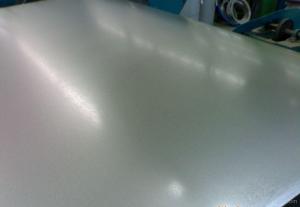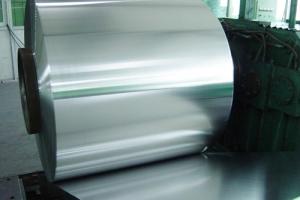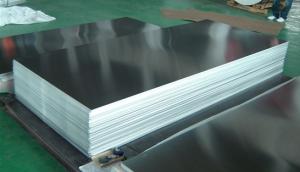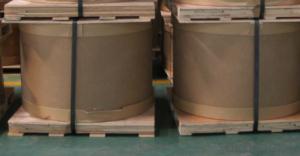1100-h124 Aluminum Sheets Sds - Aluminium Sheet and Slab
- Loading Port:
- Shanghai
- Payment Terms:
- TT OR LC
- Min Order Qty:
- 6 m.t
- Supply Capability:
- 3000 m.t/month
OKorder Service Pledge
OKorder Financial Service
You Might Also Like
1.Structure of Product Description
There are many different grades, such as: 1000 series, 2000 series, 3000 series, 5000 series, 6000series, etc. The detailed grade are as follows: 1010, 1050,1060,1100, 2024, 3003, 3005, 3105, 5052,5754,5083,6061,6063,8011, etc.
The temper is include H14, H22, H24, H44,H112,H114,etc.
2. Main features of the product
a.Competitive price
b.Frist-Class Service.
3. Image.
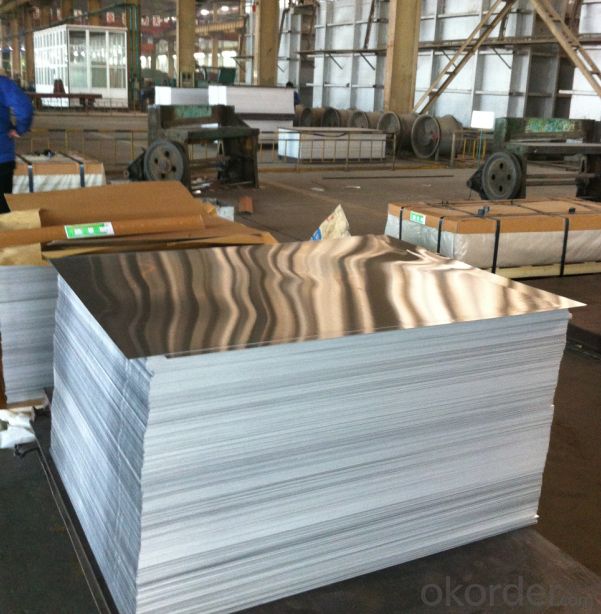
4. Product detailed sizes:
1219mm*2438mm,1220mm*2440mm,etc.
5. FAQ:
---Usually our standard is GB3880-2006 or others.
What is the width range?
---It is from 1000mm to 2500mm, etc.
What is the length range:
---It is from 2000mm to 6000mm, etc.
- Q: Can aluminum sheets be used for air ducts?
- Yes, aluminum sheets can be used for air ducts. Aluminum is a commonly used material for air ducts due to its lightweight, durable, and corrosion-resistant properties. It is also easy to work with and can be easily shaped and formed to fit various duct designs.
- Q: How do aluminum sheets perform in terms of flexural strength?
- Aluminum sheets generally exhibit excellent flexural strength properties. Due to their inherent structural integrity and high strength-to-weight ratio, aluminum sheets are capable of withstanding bending forces without significant deformation or failure. The flexural strength of aluminum sheets can vary depending on the alloy and temper selected, as well as the thickness of the sheet. However, in general, aluminum sheets are known to exhibit good resistance to bending and can withstand applied loads without buckling or breaking. This makes aluminum sheets suitable for various applications that require components to withstand flexural stresses, such as in the construction, automotive, aerospace, and marine industries. Additionally, aluminum sheets can be further enhanced through various fabrication techniques and alloying elements to optimize their flexural strength for specific applications.
- Q: Are aluminum sheets flammable?
- No, aluminum sheets are not flammable.
- Q: Right now I have got some problems on how to machine high purity aluminium machinery,are thery any suggestions to promote for this kind of consecutive issue?
- Aluminum okorder is a soft, silvery-white metal. In high-purity aluminum nearly all impurities have been removed. It is 99.99 percent pure and is machined like other grades of aluminum. To process aluminum for various applications, the manufacturer heats the aluminum in a smelter and then forms it into ingots (large blocks) or billets (log-shaped rods). Using rolling mills, workers machine ingots into aluminum plates, sheets or foils. Dies machine ingots or billets into extrusions or forgings.
- Q: Can aluminum sheets be used for sound insulation?
- Aluminum sheets possess a certain degree of effectiveness in sound insulation. Although aluminum is not as proficient in soundproofing as materials such as rubber or foam, it can still offer a certain level of sound insulation if utilized appropriately. One can employ aluminum sheets as a barrier or partition in walls, ceilings, floors, or other surfaces to decrease the transmission of sound waves. Nevertheless, it is noteworthy to mention that attaining optimal outcomes might require the inclusion of supplementary soundproofing materials or techniques.
- Q: What industries use aluminum sheets?
- Aluminum sheets find extensive use across various industries due to their numerous advantageous properties. The automotive industry, in particular, heavily relies on aluminum sheets. With its lightweight yet strong composition, aluminum proves to be an ideal material for manufacturing car bodies and parts. This, in turn, helps reduce vehicle weight, improving fuel efficiency and curbing emissions. Similarly, the aerospace industry also heavily depends on aluminum sheets owing to their high strength-to-weight ratio. Aluminum's suitability for aircraft construction is evident in its usage for airplane frames, wings, and fuselages. The lightweight nature of aluminum contributes to increased fuel efficiency and enables larger payloads. The construction industry is another major consumer of aluminum sheets. Thanks to its corrosion resistance and durability, aluminum serves as an excellent choice for building materials. It finds common application in roofing, siding, windows, doors, and structural components for both residential and commercial construction projects. In the packaging industry, aluminum sheets are extensively utilized for manufacturing beverage cans. Aluminum cans provide a lightweight and portable packaging solution while ensuring product freshness and protection against light and air. Additionally, the electrical industry benefits from the use of aluminum sheets. Aluminum's excellent conductivity makes it well-suited for electrical transmission lines, cables, and wiring. It also finds application in the production of heat sinks and electrical enclosures. Marine industry applications involve aluminum sheets for boat building and ship construction due to their resistance to corrosion in saltwater environments. Furthermore, aluminum sheets play a significant role in the manufacturing of household appliances, such as refrigerators, ovens, and washing machines, owing to their durability, lightweight nature, and heat conductivity properties. In conclusion, the versatility, strength, lightweight nature, and corrosion resistance of aluminum sheets make them indispensable across a wide range of industries, including automotive, aerospace, construction, packaging, electrical, marine, and household appliances.
- Q: This question asks about the various patterns that can be applied to aluminum sheets, which are commonly used in construction, manufacturing, and design.
- <p>Aluminum sheet patterns are diverse and cater to various applications. Some common types include diamond, checkered, embossed, perforated, and ribbed patterns. Diamond patterns offer a classic look and are slip-resistant, while checkered patterns are often used for flooring due to their traction. Embossed patterns provide a decorative touch and can enhance surface strength. Perforated patterns are used for ventilation, light filtration, and design purposes. Ribbed patterns, also known as corrugated, offer structural strength and are used in roofing and siding applications. Each pattern serves a specific function and aesthetic, making aluminum sheets versatile for many industries.</p>
- Q: Can aluminum sheets handle high temperatures?
- Yes, aluminum sheets can handle high temperatures. Aluminum has a high melting point of 660 degrees Celsius (1220 degrees Fahrenheit), making it suitable for many high-temperature applications. Additionally, aluminum has excellent thermal conductivity, which allows it to quickly dissipate heat. This property makes aluminum sheets suitable for use in areas that require high-temperature resistance, such as engine components, heat exchangers, and oven linings. However, it is important to consider the specific alloy and thickness of the aluminum sheet, as different alloys may have varying temperature limits.
- Q: How do you clean aluminum sheets?
- Achieving cleanliness for aluminum sheets involves a few straightforward steps: 1. Initiate the process by eliminating any loose dirt or debris from the aluminum sheet's surface. Use a soft brush or cloth to gently sweep away any particles. 2. Create a cleaning solution by combining warm water with a mild detergent or dish soap. It is crucial to avoid strong chemicals or abrasive cleaners since they can harm the aluminum. 3. Submerge a soft cloth or sponge into the cleaning solution and delicately scrub the aluminum sheet. Ensure that the entire surface is covered, giving extra attention to any stains or spots. 4. In the case of persistent stains or marks, utilize a non-abrasive cleaner specifically designed for aluminum. Apply the cleaner onto a soft cloth and gently rub it onto the affected area until the stain is eliminated. 5. Thoroughly rinse the aluminum sheet with clean water to eliminate any soap residue. This step is vital to prevent the accumulation of residue or streaks on the surface. 6. Dry the aluminum sheet completely using a soft towel or cloth. Verify that there is no remaining moisture as it can lead to water spots or corrosion over time. 7. To enhance shine and provide protection, apply a thin layer of aluminum polish or wax. This procedure aids in restoring the luster and safeguarding the aluminum from future tarnish or oxidation. It is important to acknowledge that the cleaning technique may differ based on the type of dirt or oxidation present on the aluminum sheet. Always refer to and adhere to the manufacturer's instructions for specific cleaning recommendations.
- Q: what kind of abradant should be used in the deburring of aluminum sheets? How to grind?
- we usually use resin grind stone to grind aluminum sheets, Vibration Grinding Mill is also ok.
Send your message to us
1100-h124 Aluminum Sheets Sds - Aluminium Sheet and Slab
- Loading Port:
- Shanghai
- Payment Terms:
- TT OR LC
- Min Order Qty:
- 6 m.t
- Supply Capability:
- 3000 m.t/month
OKorder Service Pledge
OKorder Financial Service
Similar products
Hot products
Hot Searches
Related keywords
